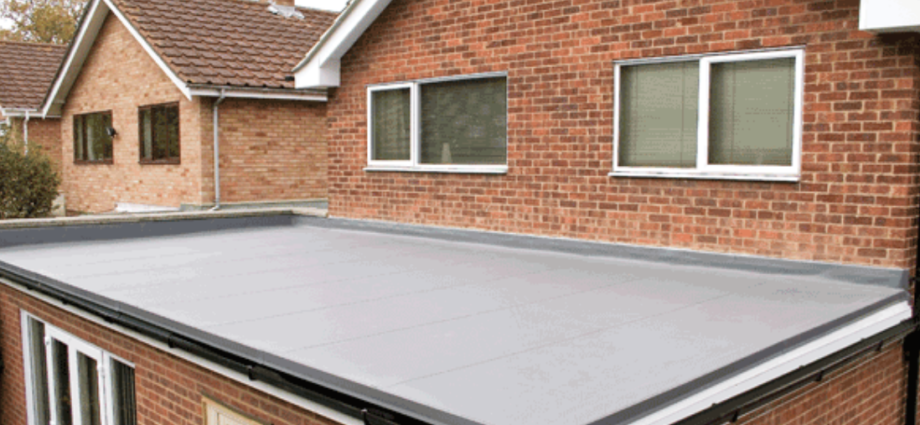A house no matter how fancy is still incomplete without a proper roof. Roofs are the most important part of the construction and often end up giving a lot of tension to the homeowner. They may feel this tension during the construction process where they try to research about the different types of roofs and try to ascertain which roof would be the most sensible option to pick by considering the surroundings or maybe they would like a roof that gels well with the architectural style of the rest of the building. In cases where both these options point to two different options both of which are viable due to different reasons, another problem is created. Whether to choose aesthetics or longer life of the roof. This is a choice with no right options as the choice is completely dependent on the person but both choices have complications after some time period. Now, this might sound frustrating and a lot of work for a simple roof but the people who have this attitude still end up taking this tension down the line when their random choice of roof fails them, and they are forced to go for costly repairs. So, it is often better to learn about roofs and make the proper choice beforehand instead of just blindly choosing one because if you face roof problems after the house is finished you have to put a pause on your daily routine and are forced to contend with an army of workers in your face trying to fix the problems, the cost of this venture does not even need mentioning.
If you feel like the choice is too hard and you also do not want to contend with problems with your roof in the near future it might be best to hire experienced contractors that can guide you through the process so look up contractors near you i.e. austin roofers. Even if you do hire such professionals it is better to not be a complete stranger with the options. One important roof type is the flat roof. Some business owners might be familiar with it, but most house owners might not be.
Flat roofs are very common in industrial buildings as well as commercial buildings like shops etc. As the name might suggest the flat roof can be said to be the simplest roof among the most common types of roofs. It has little to no incline with the largest incline being 1 or 2 degrees. Commercial and industrial buildings often focus on the front and often are several stories and therefore the roof does not really play an important part in the look of the place and most contractors favor the simplistic design of a flat roof.
Houses can also have flat roofs. If exclusively flat roofs are used, then the building is often constructed in a modern architectural design with a lot of straight lines and sharp edges to complement the flat roof. However, a mixture of a small number of flat roofs and other roof types like gable or hipped roofs can look good as well.
The best thing about a flat roof is its simplicity. It also costs less than other types since it is easy to make and does not cost as much in material or labor. Moreover, you can place heating and cooling systems on top with relative ease.
There are some major drawbacks which can seriously limit the places where houses can have a flat roof. Flat roofs suffer from precipitation like rain or snowfall. Rainfall is especially dangerous to flat roofs because of their inability to quickly shed off the water. The accumulation of water can easily ruin the roof.
Understanding what kind of an environment your house is in can help you narrow your roof choices relieving you from the headaches of too many choices and problems down the line.

